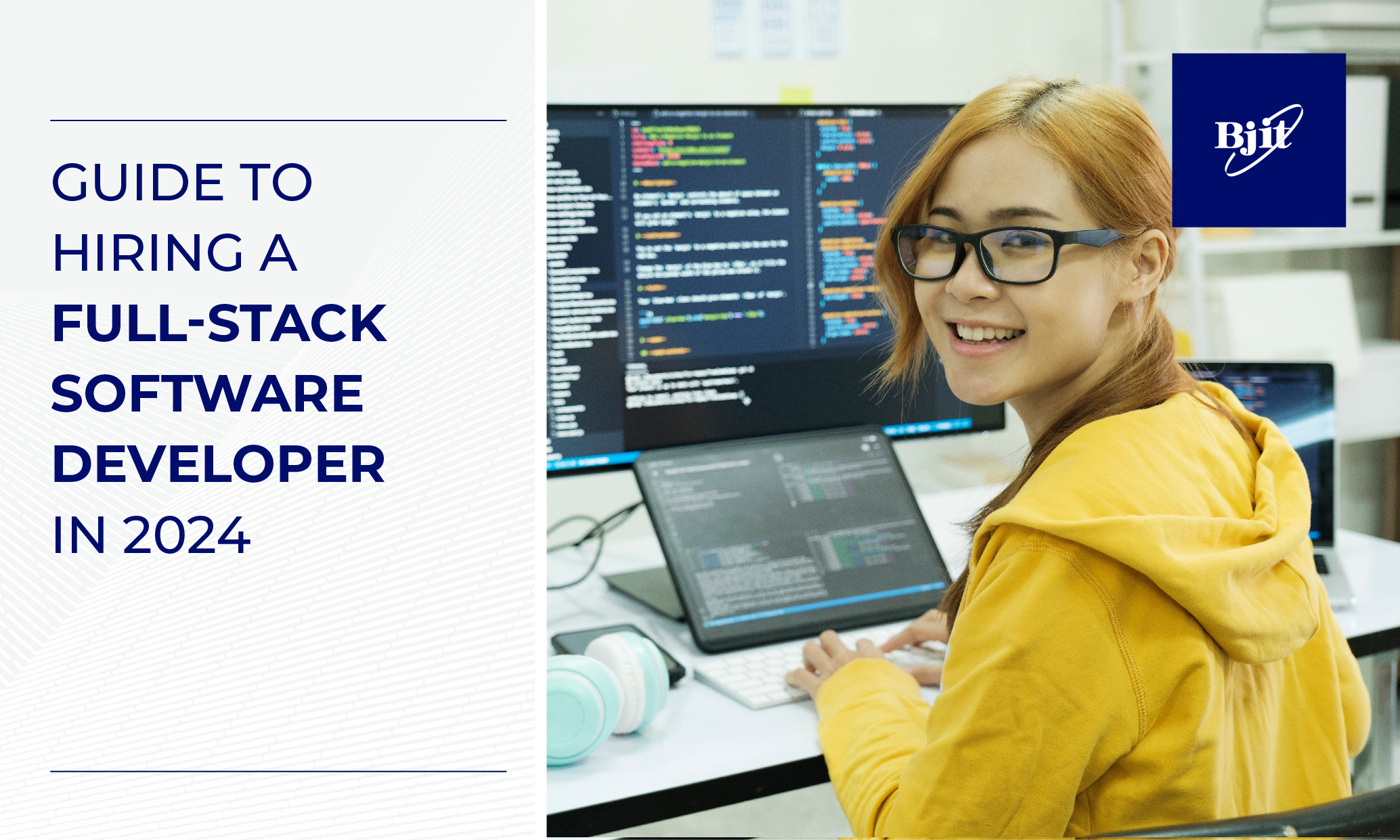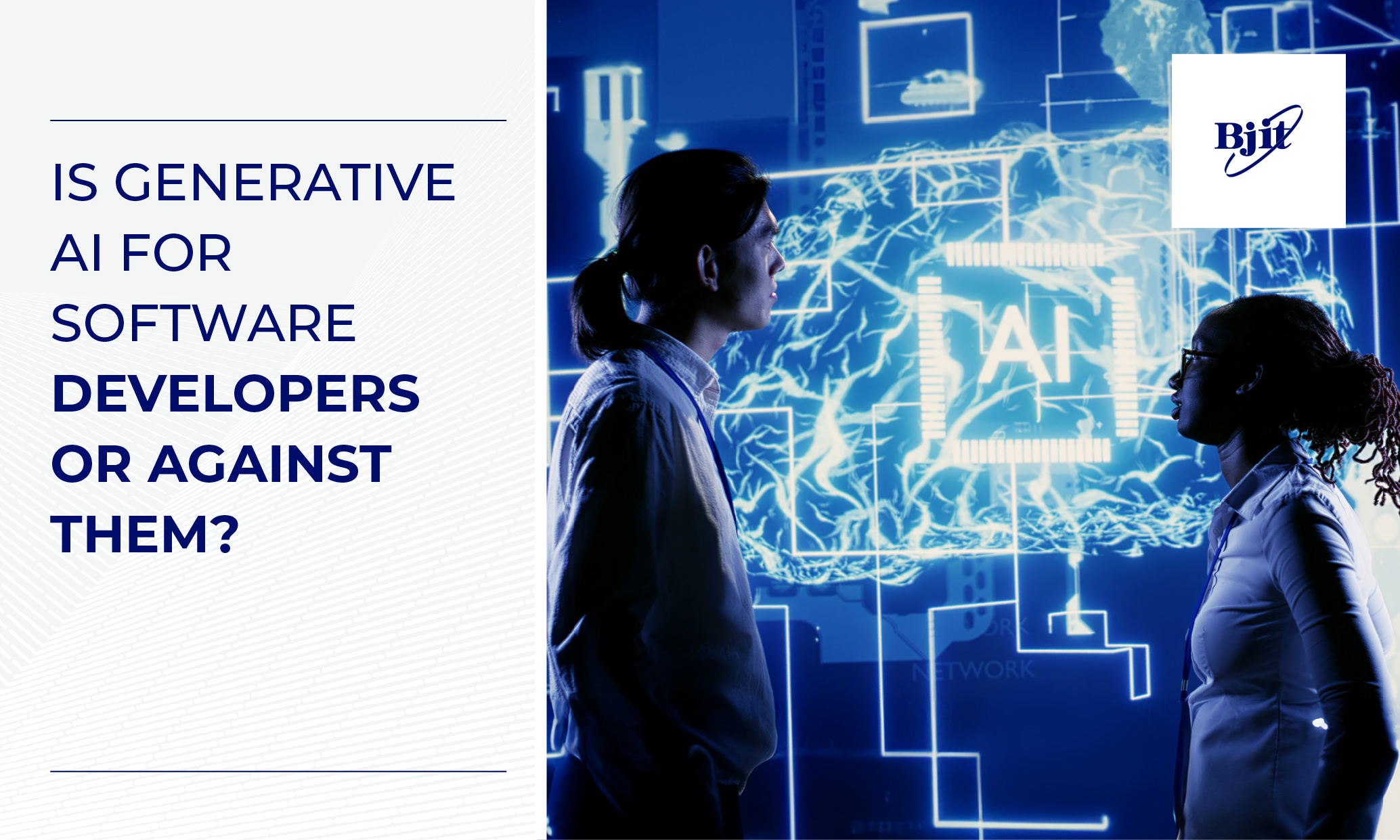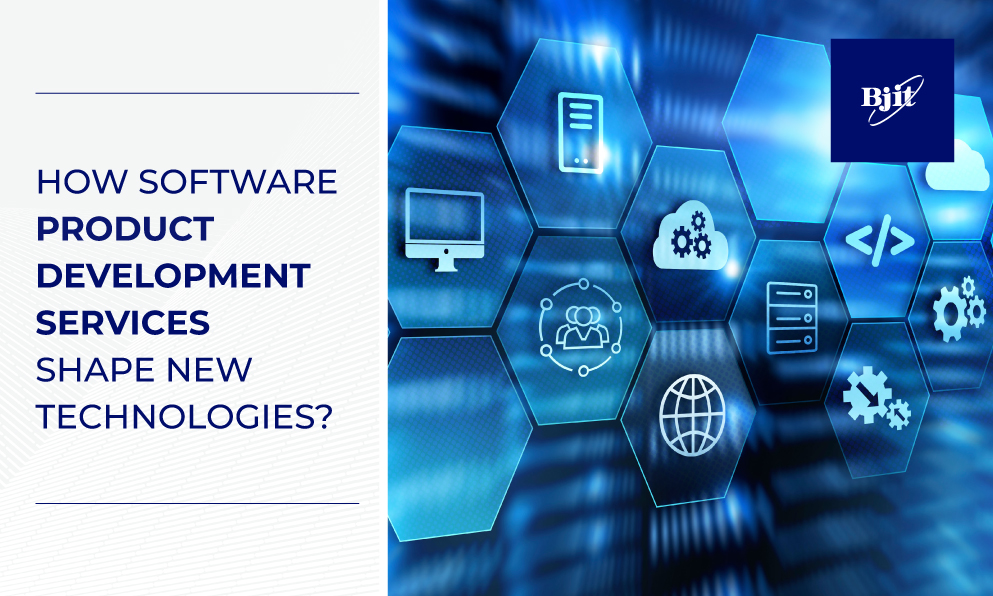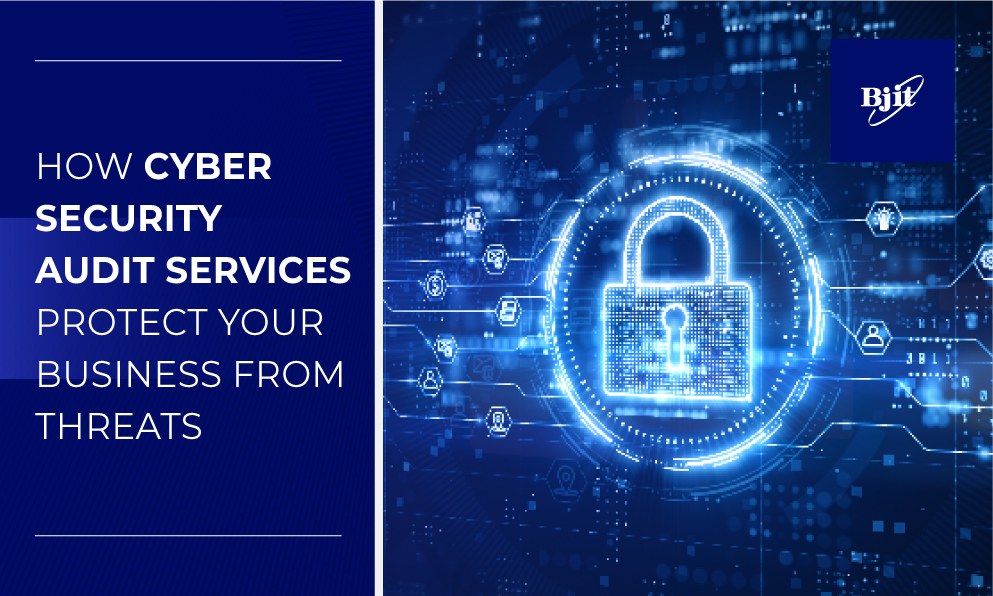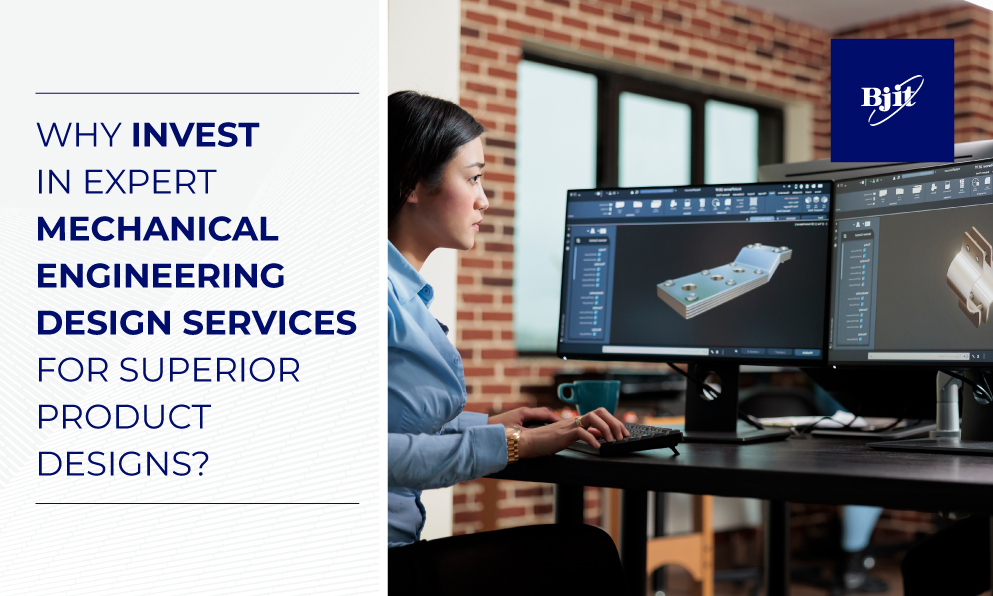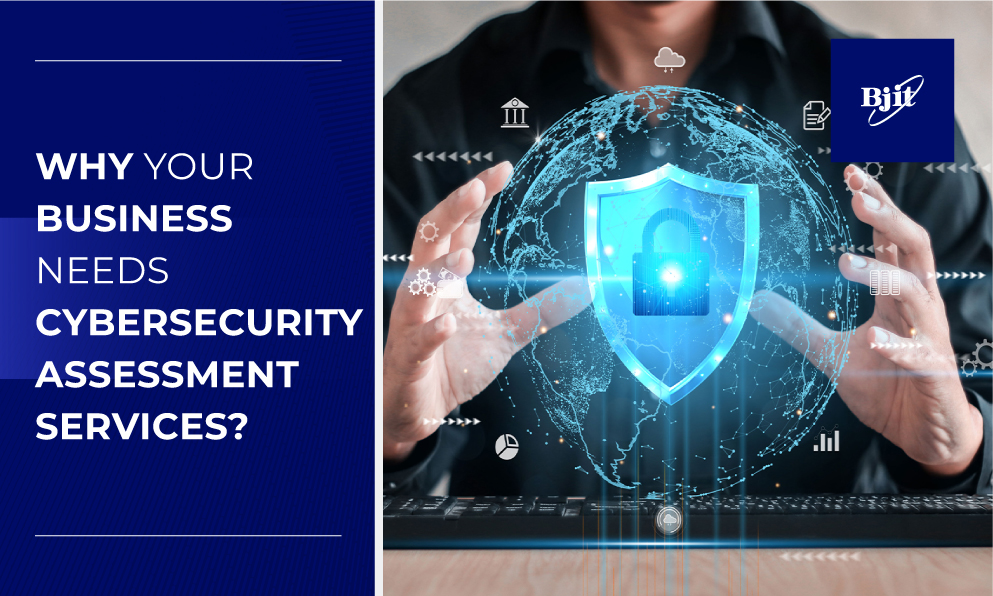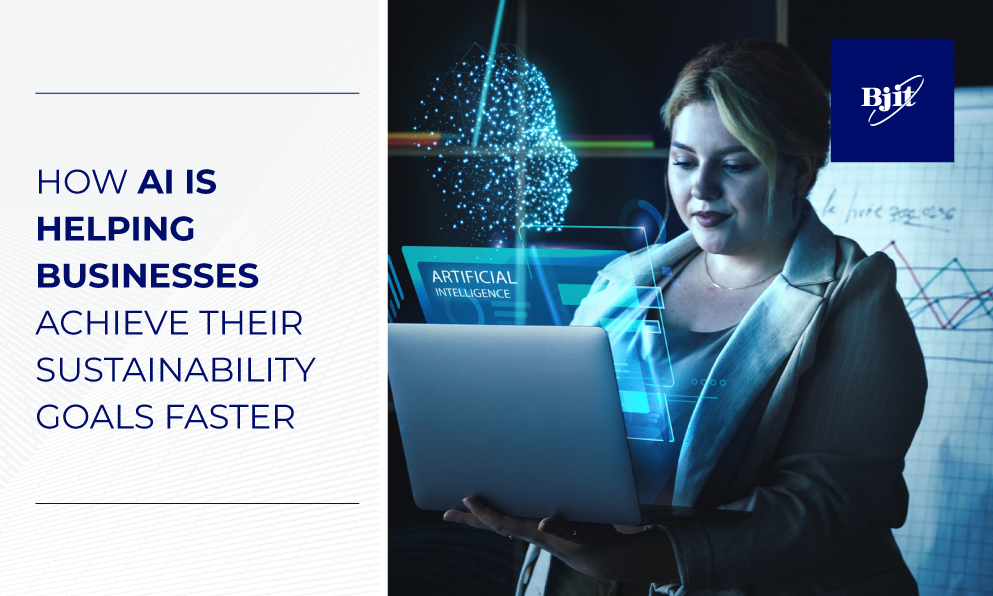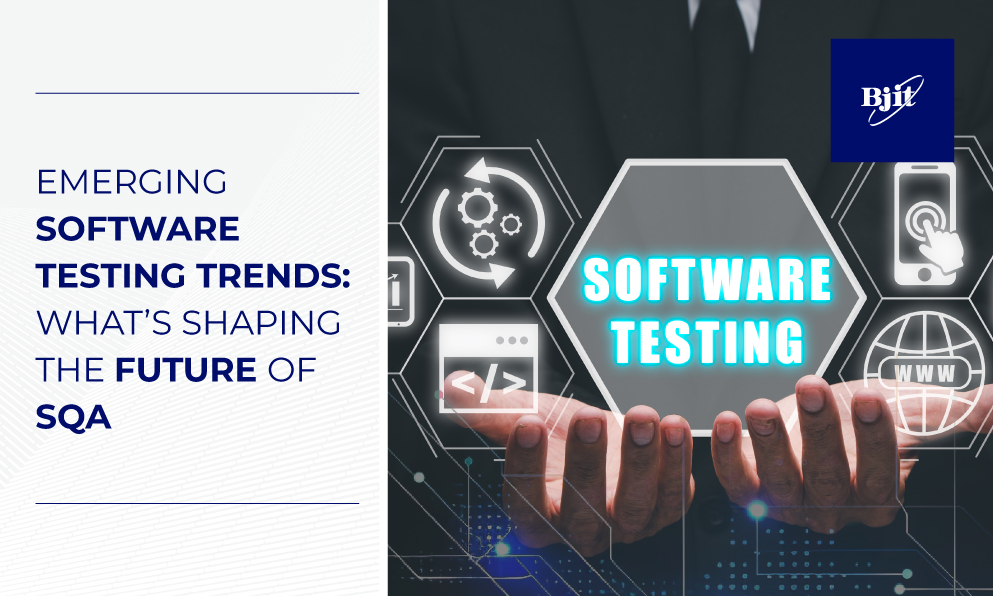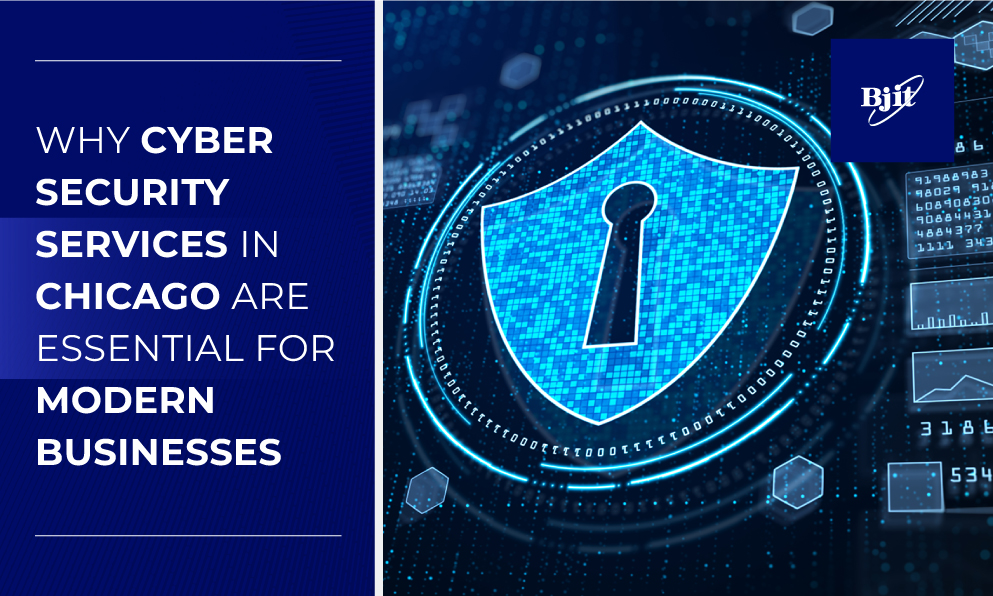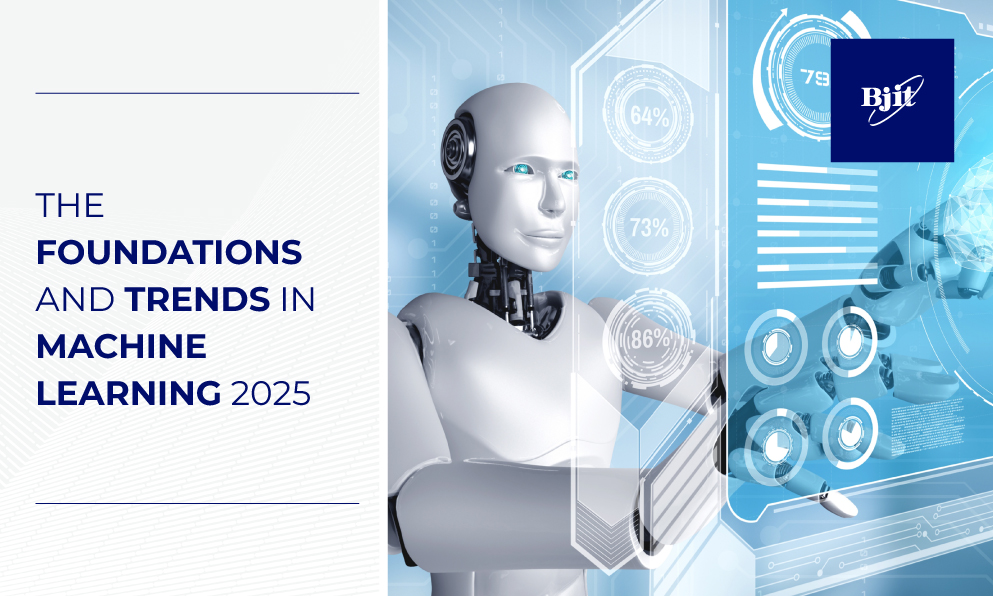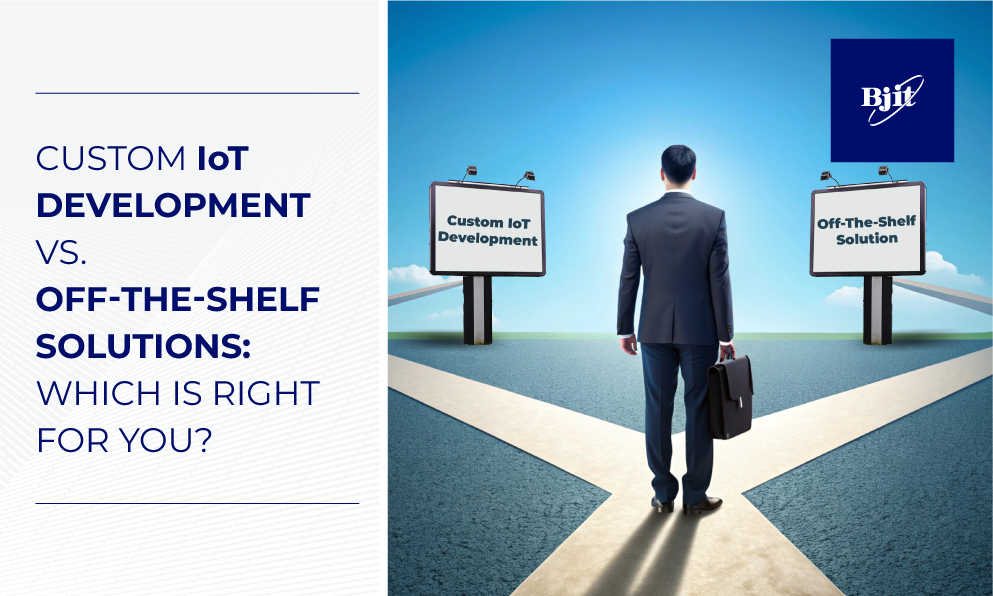Top 5 Use Cases of Facial Recognition in 2024
Face scans or facial recognition is becoming more popular than ever before. There are so many use cases of face recognition, and they are so diverse that they will revolutionize the identification industry very soon.
Currently, among the critical applications of facial recognition technology (FRT), 68% of people use it to unlock their phones, laptops, or other personal computers. 51% use it to log in to different applications, and 42% access a bank account or another financial institution.
Today, we will discuss five use cases of facial recognition that have actually made a difference in modern life. We will understand how FRT is revolutionizing various industries and how its applications continue to expand rapidly.
What is Facial Recognition Technology?
Face recognition has significantly changed since its introduction in the 1960s. It utilizes AI algorithms to validate a person's identity based on their facial features. Originally used as a biometric application, face recognition has expanded to various sectors, including password systems and identity cards.
In the near future, face recognition is projected to gain even more popularity, particularly in prominent industries like Facebook, Apple, Google, and many more.
According to a study, Facebook DeepFace accurately identifies faces with 97% accuracy. It can locate two photos and tell you whether they are the same person or not.
Apple has also embraced face recognition technology in its iPhones, offering secure authentication through Face ID.
On the other hand, Google is using AI with FRT in various applications, such as Google Photos. Using face recognition and AI, their app can identify the difference between people and animals.
5 Use Cases of Facial Recognition
The primary purpose of using any identification technology is to achieve unbreakable security. As FRT is a biometric application that uses Artificial intelligence (AI) algorithms, this is now very much possible.
The probability of someone unlocking your iPhone or iPad using Face ID is incredibly low, with a less than one-in-a-million chance of occurrence. This is one of the most effective use cases among the major ones. Below, we have compiled five best use cases of FRT.
Frictionless Access and Convenience
Facial recognition technology can be used to make access to buildings or vital infrastructures more secure and make shopping effortless.
Accessing buildings & Important Infrastructures:
Places like office premises, Airports, and Railway Stations are likely to need to use FRT for various purposes. These might be security reasons or to recognize a person as their own or a stranger and know whether they are authorized to access it or not. 20% of countries use FRT on some buses, and 30% use it on trains or subways.
Convenient Contactless Payments & Customize Shopping Experiences:
Facial recognition-based payment systems can be the future of contactless payments. Customers don’t need to juggle around the cards anymore or even remember pins or passwords. Apart from that, using FRT in shopping centers can enhance the shopping experience of customers. It can recognize customers and create a personalized shopping experience and recommendations based on the history of previous purchases.
Healthcare Advancements
Face recognition is no longer just a security issue. It is now being used in many other sectors, such as healthcare. With a facial recognition system, personalized patient care is at another level.
Telemedicine Validation
Due to COVID, we learned to do most of the work online like never before. Telemedicine has also become popular at this time. In telemedicine, facial recognition systems can help to authenticate patients and make the experience more secure for both sides. Apart from that, doctors can better assess their patients by analyzing their facial expressions. This can enhance the effectiveness of treatments, and doctors can adjust their treatments accordingly as well.
Early Medical Condition Detection
Predicting early medical conditions is a lifesaver, and with facial recognition, it is now more accurate than ever. Using AI and advanced algorithms, facial recognition systems can now detect early signs of some medical conditions, such as Alzheimer’s and Parkinson’s disease. It helps to identify and take necessary medication before the disease gets worse.
Transforming Entertainment and Education
Customized and personalized experiences are becoming more popular in every sector these days. Face recognition allows these experiences to be more accurate. Entertainment and education are two sectors where we want to tailor experiences more than any other sector.
Entertainment
Every person has a different taste in entertainment, and so content consumption is also different. What if we got completely secure and personalized content suggestions for our entertainment? Yes, with AI-based face recognition, we can have fully customized content recommendations.
Businesses can use top-notch face recognition technology to make concerts, sports games, or theme park visits super memorable. They can personalize the experience for every guest. This means customized shows, fun games, and even cool AR filters that react to how people feel in the moment, all thanks to facial recognition.
Education
Teachers can use face recognition technology to see how interested students are in their lessons and change them if needed. This makes learning more personal, fitting each student's style. It also helps schools keep better track of who's there and who's not without needing to write things down, saving time and reducing mistakes. With this technology, learning becomes more fun. It shows how well students are doing, gives them points for taking part, and makes things feel lively and competitive.
Efficient Workforce Administration
The advent of facial recognition technology has revolutionized workforce administration, eliminating the need for manual check-ins and badge swipes. Businesses are increasingly adopting this technology to streamline their operations and enhance efficiency.
Employee Management
Large corporations benefit significantly from monitoring employee engagement levels by analyzing facial cues. This valuable data offers insight into areas for improvement, ultimately leading to enhanced workplace productivity.
Organized HR Processes
The HR department leverages this system to streamline employee onboarding and offboarding processes, making them effortless. It expedites employee identity verification, facilitates access to crucial information, and ensures real-time record updates, enhancing overall efficiency and employee experience.
Financial and Government Security
Where security breaches and identity theft are rampant, facial recognition technology has emerged as a promising tool for enhancing security measures and preventing fraudulent activities. This technology offers a robust and reliable means of identifying individuals, making it a valuable resource for various sectors.
Financial Security & Risk Management
Facial recognition technology is revolutionizing financial security measures. It provides a secure and efficient way to authenticate customers, reducing the risk of fraud and unauthorized transactions. Banks, credit unions, and other financial institutions can leverage this technology to enhance customer security and streamline the account verification process.
For example, facial recognition can be utilized at ATMs to verify the identity of cardholders before dispensing cash. This eliminates the need for physical cards, reducing the risk of card skimming and fraudulent withdrawals. Additionally, it can be used to authenticate online banking transactions, providing an extra layer of security beyond passwords and PINs.
Government Security – Border and Immigration
In government security, facial recognition technology is transforming border control and immigration processes. It enables governments to accurately and efficiently identify travelers, streamlining the entry and exit process while enhancing security. Facial recognition can be integrated with passport and visa systems, allowing authorities to verify the authenticity of travel documents and identify potential fraud or abuse.
For instance, airports and border crossings can utilize facial recognition technology to match travelers' faces with their passport photos. This automated process reduces manual verification times, decreases congestion, and improves the overall travel experience. It also enhances security by detecting individuals who may be using fraudulent or stolen documents.
How does BJIT impact the Market of Facial Recognition Solutions?
At BJIT, we're making a big difference in facial recognition solutions by innovating new products. Our latest product will shake things up with its unique features and super-accurate results.
We have a team of smart folks at BJIT who are always working hard to improve our technology. Our product allows us to recognize faces quickly and accurately, which is essential for things like security and tracking people.
Our goal is to meet the needs of different industries, such as security, retail, and healthcare. We use advanced algorithms and deep learning techniques to ensure that our product works fast and protects people's information.
BJIT's presence in the market encourages other companies to try harder and come up with better ideas. This competition is good because it means everyone is trying to make better products for customers like you.
We also care a lot about our customers. We listen to what they need and make sure our products work well for them.
In short, BJIT's latest product will make waves in the facial recognition world. We're excited to see how it will improve things, and we're committed to keeping up the excellent work to ensure our customers' satisfaction.
Summing Up
Facial recognition technology has made significant strides in recent years and continues to revolutionize various industries. From frictionless access and convenience to healthcare advancements, entertainment, education, workforce administration, and financial and government security, facial recognition offers a wide range of practical applications.
As we move forward into 2024, we can expect even more innovative and groundbreaking use cases of facial recognition technology. As a leading global software development firm, BJIT will also create a place in the Facial Recognition industry and increase the boundary of tech innovation.
